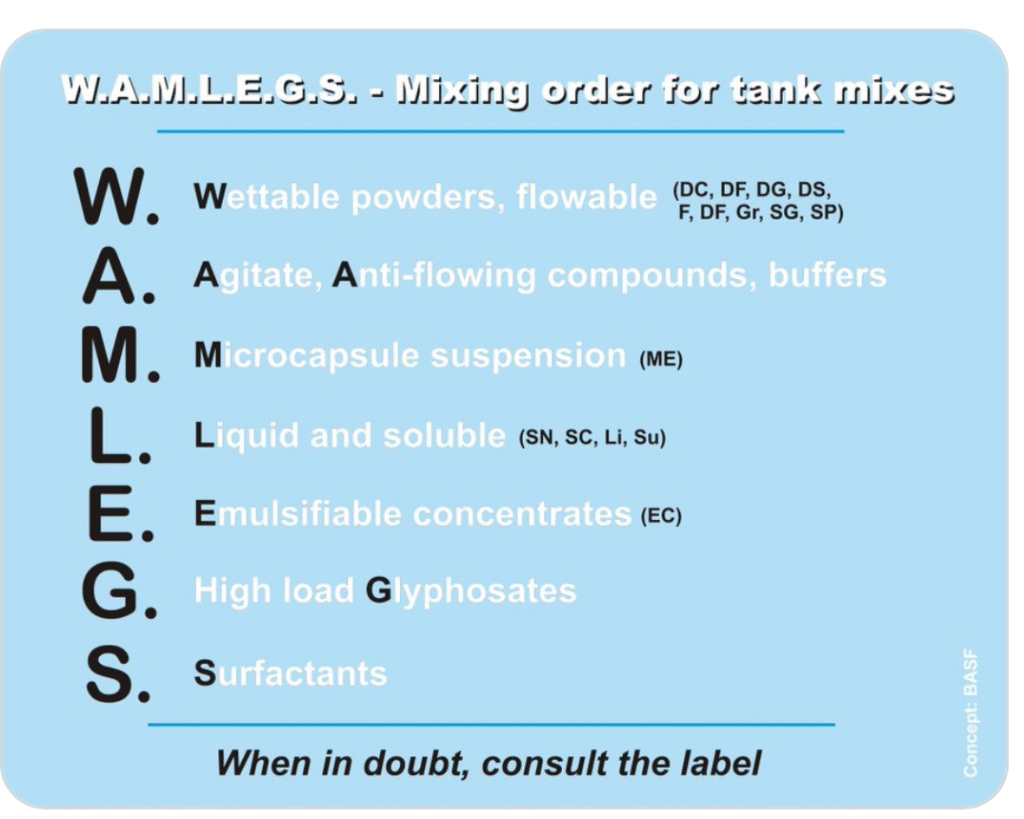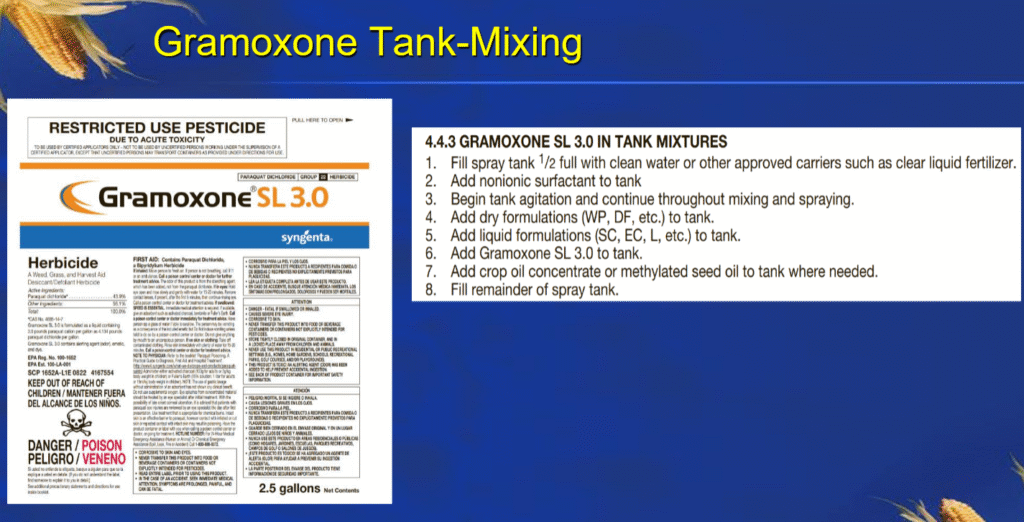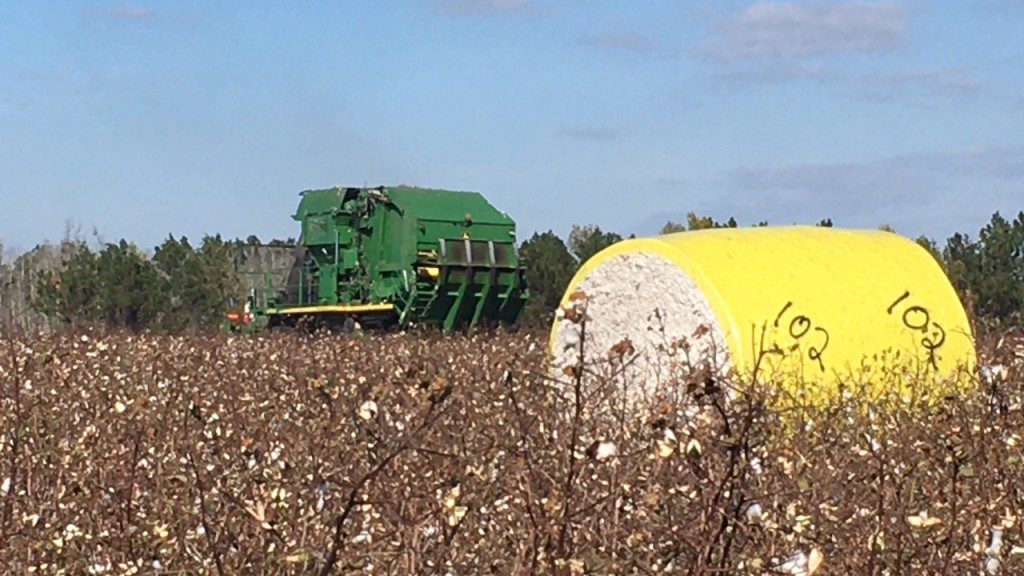Scout Schools – Insect scouting schools will be conducted on June 2, 2025 in Tifton and June 10, 2025 in Midville. Crops to be covered include cotton, peanuts, and soybean. These programs offer basic information on insect pest identification and damage, natural enemies, and scouting procedures. The training will serve as an introduction to insect monitoring for new scouts and as a review for experienced scouts and producers. Program topics include, Bug and Larval Insect Pests, Beneficial Insects, Scouting Procedures, Safety, and an In-Field Review. Each program will begin at 9:00 a.m. and conclude at 12:30 p.m.
The latest edition of the “All about the Pod” podcast was released this past Friday. In this episode, Drs. Scott Monfort, Mark Abney, Albert Culbreath, Wes Porter, Bob Kemerait, and Eric Prostko discussed planting issues related to seed quality, herbicides, fungicides, insecticides, and the current conditions as of May 16th. You can listen here.

Corn – The corn crop ranges from V7 to tassel. As the corn crop advances, irrigation requirements increase by the day. The table below shows water requirements increasing from 0.12 inches a day when corn is at the 4th the four-leaf stage (23-27 days after planting) to 0.25 inches a day when the crop is 51-54 days after planting or around the 12-leaf stage. This is when ear shoots are developing, and the potential kernel row number is determined.

I had a discussion with Dr. Prostko mixing order of pesticides. He said “WAMLEGS!” At first I did not know what he was talking about because he is getting old. The acronym “WAMLEGS” can be used to help remember the mixing order of agricultural chemicals when creating a tank mix application. Improper mixing order can result in a huge mess..

I am also getting questions about tank mixing paraquat in pre-emerge herbicide applications. This slide comes from Dr. Prostko’s corn weed update talk this past winter.

Corn disease situation: Dr. Bob says “ For ALL of you- corn in some areas is rapidly approaching tassel. “Tasseling” is the fungicide trigger stage. Should corn growers in Georgia pull the trigger NOW if they reach tassel?? My answer: I would not spray now as we have no reports of southern rust or tar spot anywhere.”
I thought this was interesting while looking at sweet corn last week. We took a sample to the diagnostic lab in Tifton. This is northern corn leaf SPOT (Bipolaris zeicola).

What about peanut cracking sprays? As peanut planting concludes, cracking spray questions will start coming in. Generally, peanuts must be kept weed free from 4 to 6 weeks after emergence to obtain optimum yields depending on the weed. Weed emergence after this time will not reduce peanut pod yields but could influence harvest efficiency. Below are comments from Dr. Eric Prostko, UGA Weed Scientist, on peanut cracking sprays.
1) If the grower wants to use the 3 lb/gal formulation of paraquat (i.e. Helmquat or Gramoxone 3SL), the normal application rate in these tank mixtures is 8 oz/A (0.1875 lb ai/A).
2) If a grower wants to use Basagran 4SL (bentazon) instead of Storm 4SL (bentazon + acifluorfen), I suggest using 8 oz/A of Basagran 4SL.
3) If a grower wants to make his own Storm, I suggest the combination of Ultra Blazer 2SL @ 16 oz/A + Basagran 4SL @ 8 oz/A.
4) I am not a huge fan of using paraquat + Dual Magnum or any other Group 15 herbicide without some Basagran or Storm to cool it down activity on the peanut plant.
5) No adjuvants are needed when Dual Magnum or Outlook are used (i.e. oil-based formulations) but NIS @ 0.25% v/v (1 qt/100 gallons) is suggested when using Anthem Flex, Warrant, or Zidua.
6) I would prefer peanut cracking sprays to be applied at 15 GPA and tractor speeds of 10 MPH or less to improve spray coverage and reduce the production of dust (which can greatly reduce paraquat efficacy).
7) Given the option of using either an AIXR or TTI spray tip, I would prefer the AIXR tip.
8) If growers use higher rates of paraquat and/or delay paraquat applications past 28 days after cracking (DAC), the risk for yield loss resulting from paraquat injury is increased. Recent results from a 2018 weed-free field trial indicated that paraquat treatments applied ~35 DAC resulted in a 5.5% peanut yield reduction.
I have been seeing Rhizoctonia seedling disease in a few spots in area peanuts. Note the very severe necrosis on the lower stem in the picture below. Rhizoctonia which is favored by wetter, cooler soils.

Aspergillus crown rot. I have start to see a plant or two of Aspergillus crown rot. Dr. Bob says note this disease most often affects very young peanuts. Note the shredded tissue in the crown of the plant. Note the dark, sooty sporulation of the pathogen Aspergillus Niger. Note this disease is most severe in hot and dry conditions. Note that effective management requires a good seed treatment and, sometimes, an in-furrow fungicide.

I get a couple of questions a week about using dicamba for peanut burn down. Dr. Prostko sent this information on the subject to agents the other day. This situation recently occurred when dicamba was applied on April 5. Peanuts were then planted on April 29 (24 days after application). No rain was observed between application and planting. Rain occurred the day after planting (0.6 inches). This resulted in only 25% peanut emergence. Dicamba is not labeled for preplant use in peanut.

Small grains. Soft red winter wheat easily sprouts when the grain is exposed to rainy conditions after maturity. Harvest the crop as soon as possible to avoid field losses and to maintain good quality grain. Dry the grain if harvesting above 15% moisture. Usually, wheat can be easily harvested between 16-18% moisture. Oats should be harvested as soon as the grain moisture content drops to 13 percent. Rain or dew will cause discoloration of the grain and lessen the marketability of the crop. Combining at high moisture (15 percent) and artificial drying may be warranted if kernel brightness is important.
This past week was fun. Owen Russel started his internship this past week. We planted a cotton and peanut variety trial and then finished up the week with a plant bug management demonstration plot. The UGA on farm cotton variety trials will consist of the following varieties.
Deltapine – DP 2038 B3XF, DP 2317 B3TXF, DP 2333 B3XF
Stoneville – ST 5855 AXTP, ST 6000 AXTP
NexGen – NG 4507 B3TXF, NG 5430 B3XF
DynaGro – DG 4434 B3TXF
Armor – AR 9371 B3XF, AR 9831 B3XF
This weeks on farm peanut variety demo consisted of Georgia 0-6G, Georgia 21-GR and TifNV-HG.



If you have any questions please contact your local county Extension agent.
Have a great week,
Jeremy M. Kichler
Colquitt County Extension Coordinator
The University of Georgia Cooperative Extension does not endorse or guarantee the performance any products mentioned in this update.
